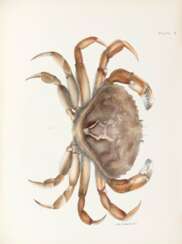parting


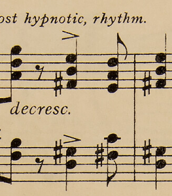
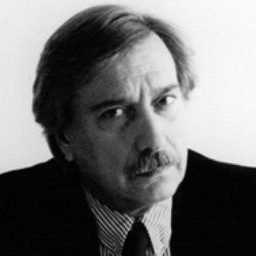


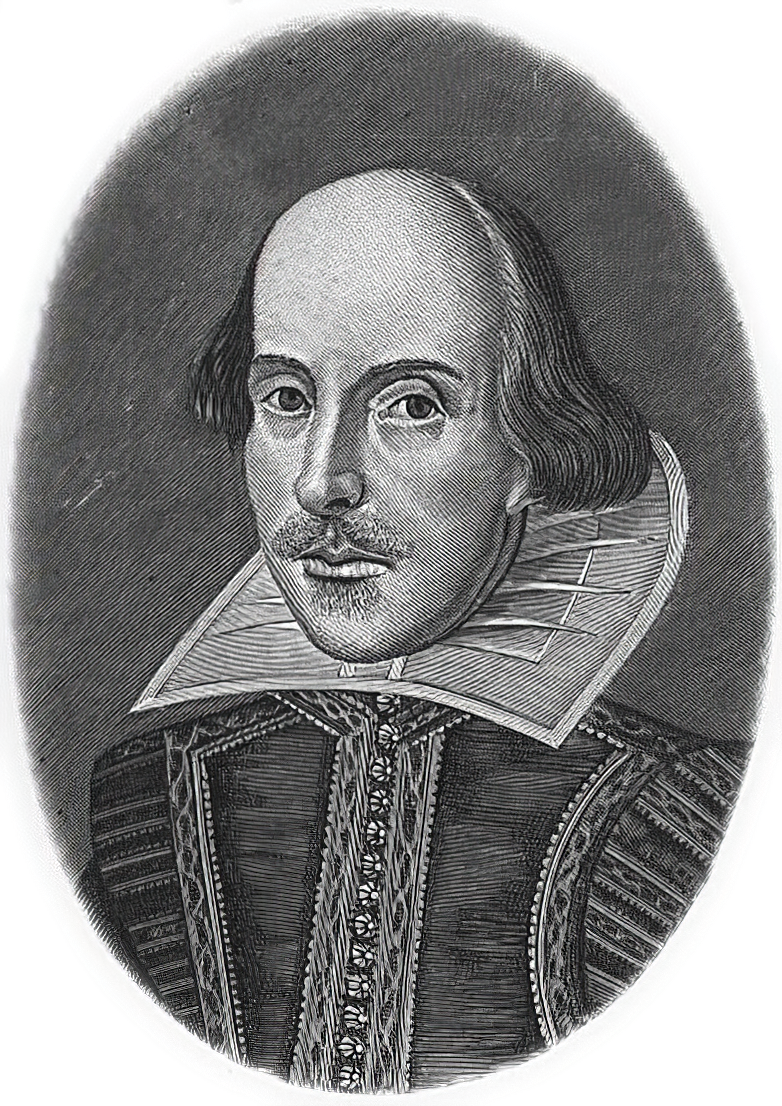
William Shakespeare was a British poet and playwright and writer.
William's father, John Shakespeare, was a merchant and official in Stratford. There are reports that he was a sailor for a time before joining a theater company in London. Beginning in the 1590s, Shakespeare began writing plays, and in 1593 he published a poem, Venus and Adonis, which became popular. He dedicated it to the Duke of Southampton, who was a philanthropist and patron of talent, and soon his business was booming.
From 1592 to 1600 Shakespeare wrote his dramas and romantic comedies "Richard III", "The Taming of the Shrew", "Romeo and Juliet", "A Midsummer Night's Dream" and "The Merchant of Venice", as well as the comedies "Much Ado About Nothing", "Twelfth Night" and the tragedy "Julius Caesar". The playwright's business was so successful that he even bought a large house in Stratford. In 1599, Shakespeare became one of the owners, playwright and actor of the new theater "Globe". In 1603 King James took Shakespeare's troupe under his direct patronage. In the mature period, the great playwright turned to tragedies, there were "Hamlet", "Othello", "King Lear", "Macbeth" and others.
Although in the 19th century researchers had some doubts about the authorship of many of these works, William Shakespeare is considered the greatest English playwright, one of the best playwrights in the world. His plays have been translated into all major languages and to this day form the basis of the world theatrical repertoire, most of them have been screened many times. According to the Guinness Book of Records, Shakespeare remains the world's best-selling playwright, and his plays and poems have sold more than 4 billion copies in the nearly 400 years since his death.
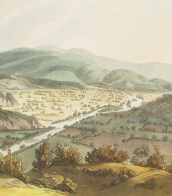


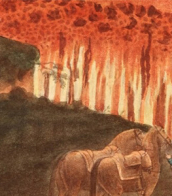
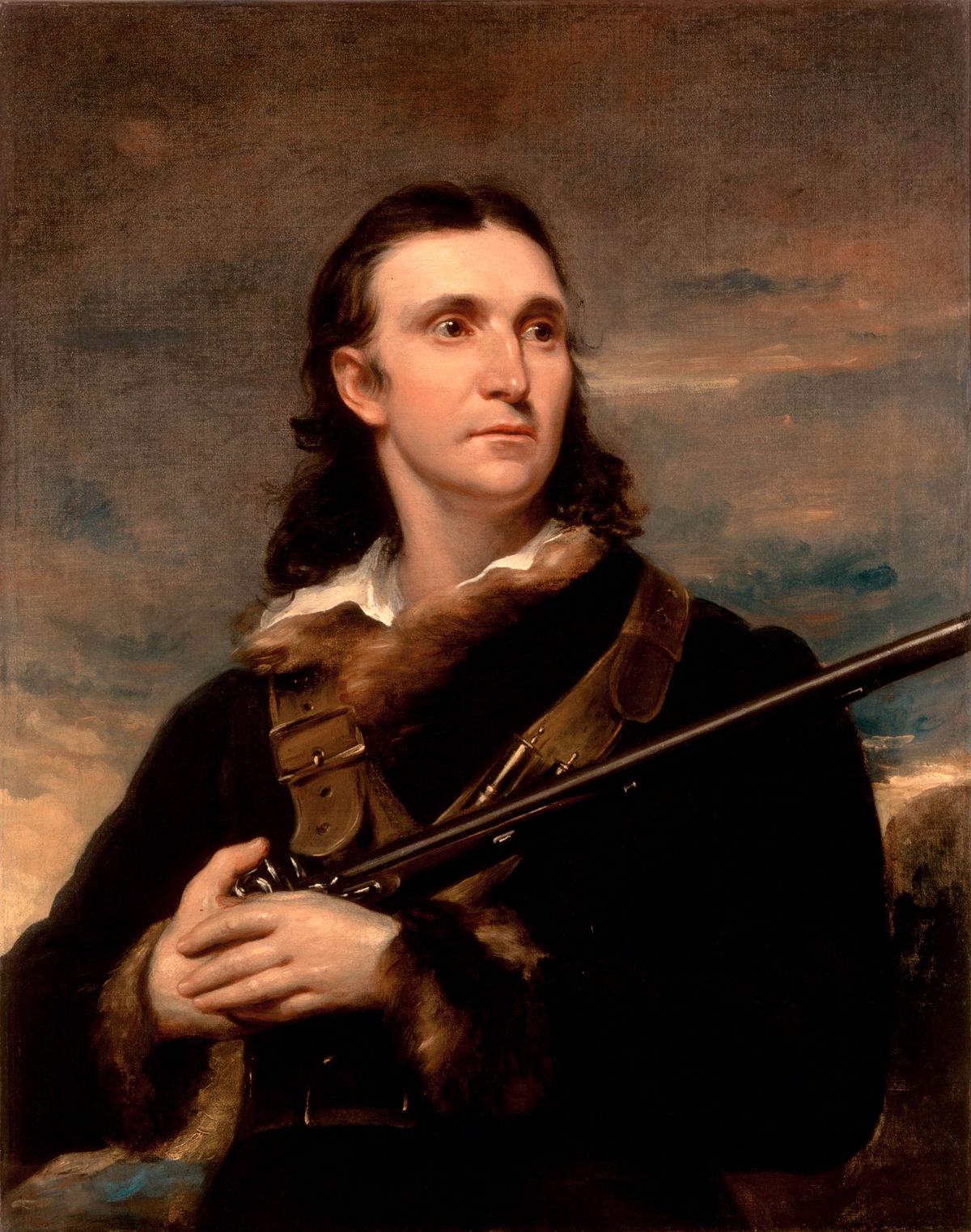
John James Audubon was a French-American ornithologist and painter, renowned for his groundbreaking illustrations of American birds. Born in 1785 in Les Cayes, Saint-Domingue (now Haiti), Audubon is remembered for his keen observation skills and innovative artistic techniques.
Audubon's most famous work, "The Birds of America," transformed the field of ornithology by presenting birds in lifelike poses and detailed backgrounds. Published between 1827 and 1838, it contained 435 hand-colored engravings, showcasing over 489 bird species. His unique approach to illustrating birds in their natural habitats was a departure from traditional methods, which often portrayed birds in rigid poses.
Audubon used a wire armature to position freshly-killed specimens, allowing him to depict birds with a sense of movement and vitality. This innovative technique was truly revolutionary and set him apart from his contemporaries. Additionally, Audubon's artistic skill and attention to detail made his illustrations highly sought after, with surviving copies of "The Birds of America" considered valuable collectibles today.
For art collectors and enthusiasts, Audubon's work continues to be a source of inspiration and admiration. His legacy endures through his contributions to ornithology and the art world, with museums and galleries showcasing his work. If you're interested in learning more about John James Audubon and his famous illustrations, consider subscribing to our newsletter for updates on new product sales and auction events related to his work.
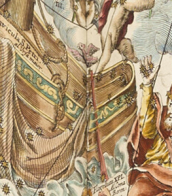
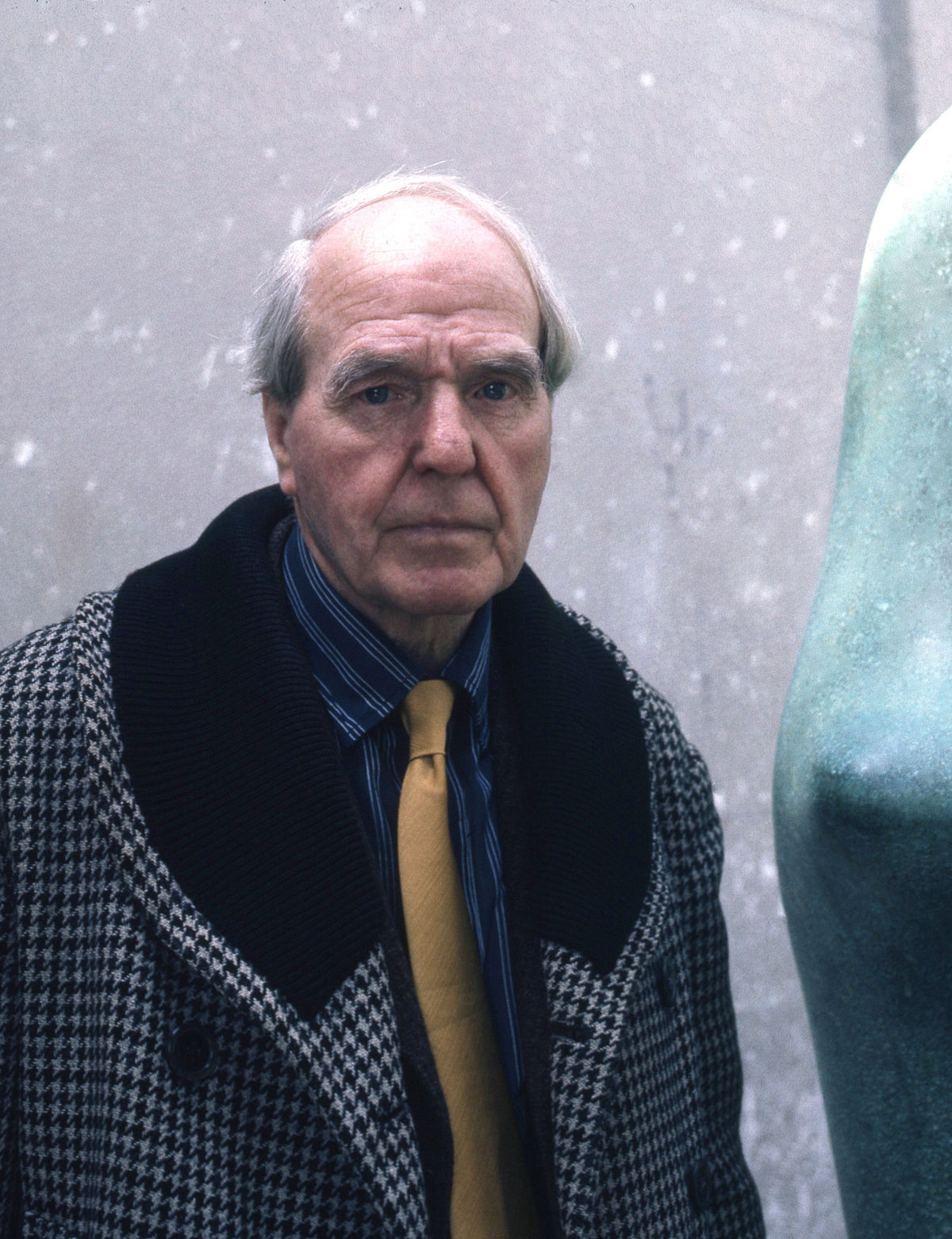
Henry Spencer Moore was an influential English sculptor and artist, renowned for his semi-abstract monumental bronze sculptures that have found homes around the world as public works of art. Born on July 30, 1898, in Castleford, Yorkshire, Moore showed early talent in art, but his journey towards becoming a sculptor was not straightforward. His experiences as a young teacher and a soldier in the First World War, where he was injured in a gas attack, significantly shaped his perspectives and artistic direction.
After the war, Moore pursued his passion for art, winning a scholarship to the Royal College of Art in London, where he began to experiment with modernist influences and direct carving techniques, moving away from the traditional Victorian style. His works, characterized by organic shapes and a blend of abstraction and figuration, were inspired by a wide range of sources, including primitive art, the human body, and the natural world.
Moore's sculptures are celebrated for their unique ability to blend form with space in the landscape, offering viewers a dynamic interaction with his works. His dedication to public art made his sculptures accessible to a wide audience, contributing to his status as one of the 20th century's most significant sculptors. Moore's legacy is preserved through the Henry Moore Foundation, which supports artists and promotes public appreciation of sculpture.
For collectors and experts in art and antiques, Moore's work remains a testament to the power of sculpture to evoke emotion and thought. His contributions to modern art and sculpture continue to inspire and influence artists around the world.
To stay informed about new exhibitions and opportunities to view Henry Spencer Moore's work, sign up for updates. This subscription will ensure you are alerted to new product sales and auction events related to Moore's influential body of work.
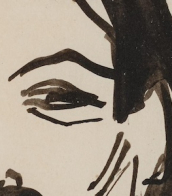


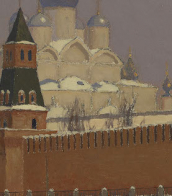

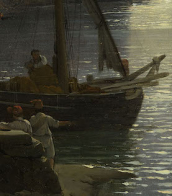
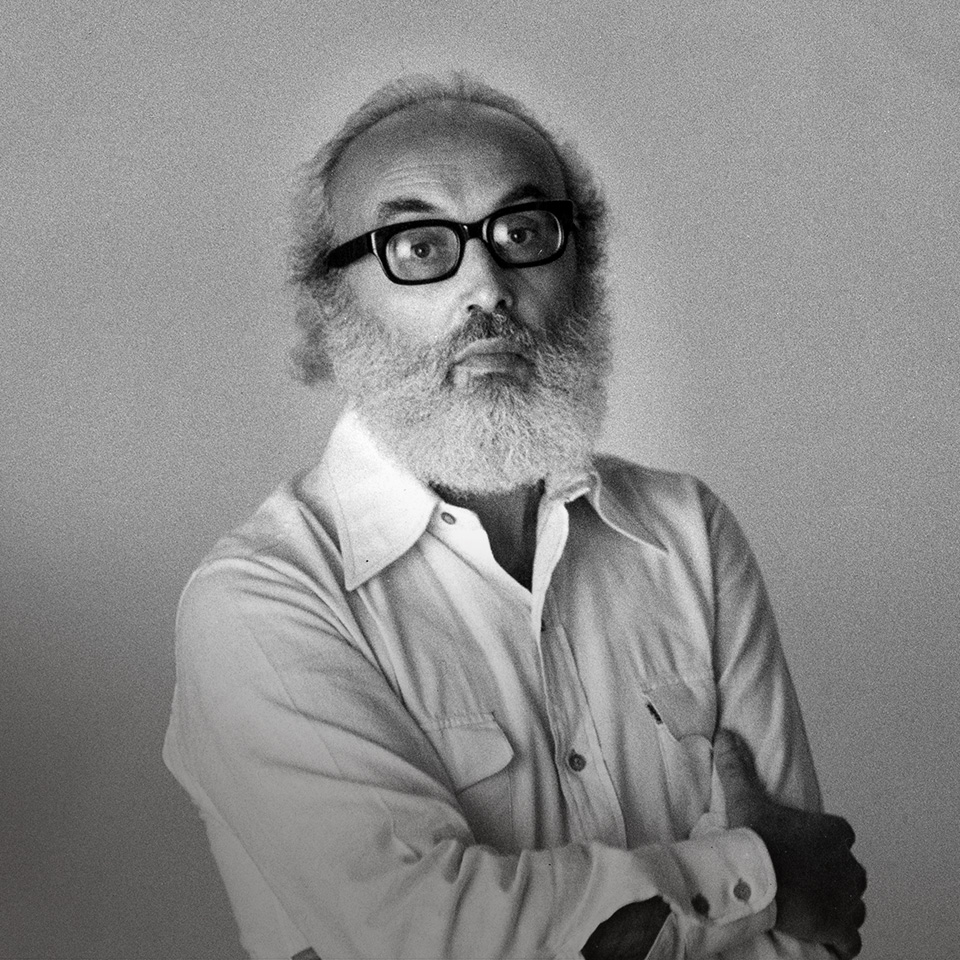
Angelo Mangiarotti was an Italian architect and industrial designer. His designs were mostly for industrial buildings and railway stations. In 1994 he received the Compasso d'Oro award of the Associazione per il Disegno Industriale for his lifetime of achievement.


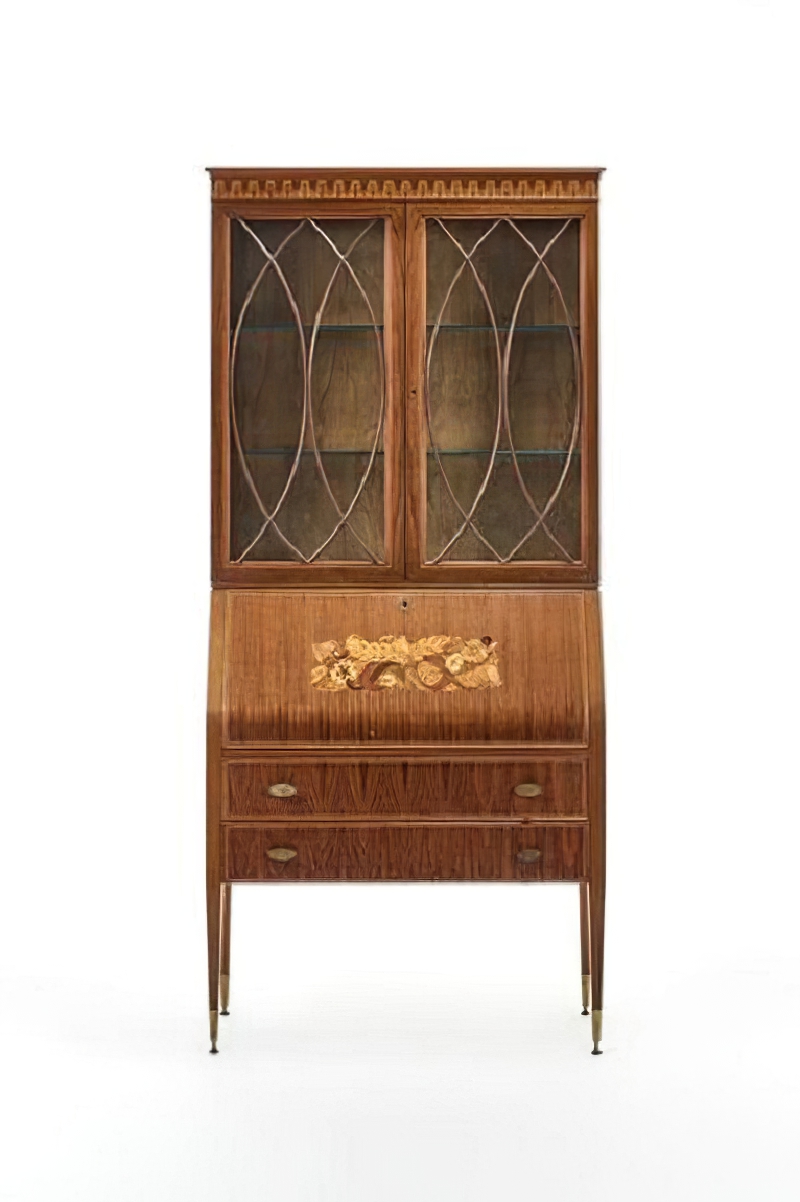
Paolo Buffa was an Italian architect and furniture designer.

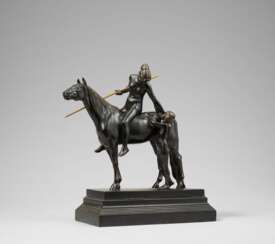

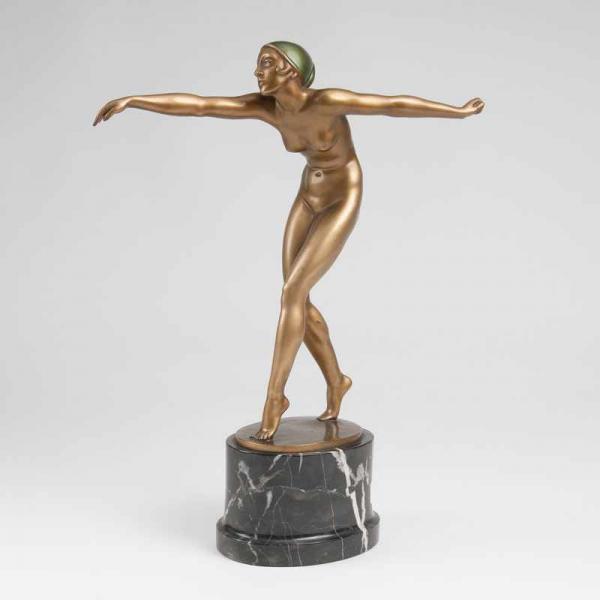
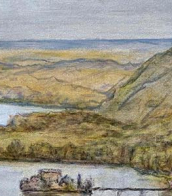


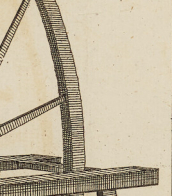




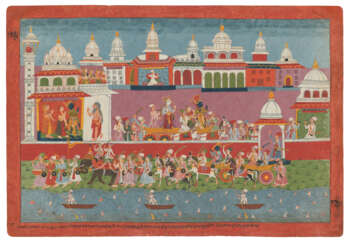

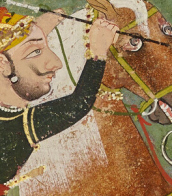
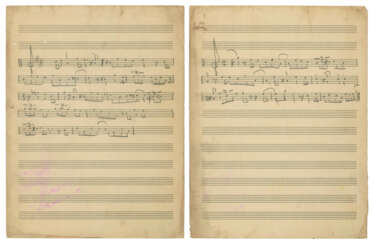












![La prima parte dell'historie del Peru [and] La seconda parte delle historie generali dell'India](/assets/image/picture_2175070/c4122/c382c0edee7e60d4d90b44a8927b31031649685600jpg__fix_374_244.jpeg)
![La prima parte dell'historie del Peru [and] La seconda parte delle historie generali dell'India](https://veryimportantlot.com/assets/image/picture_2175070/c4122/c382c0edee7e60d4d90b44a8927b31031649685600jpg__fix_374_244.jpeg)
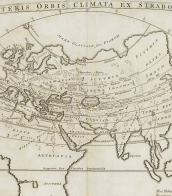
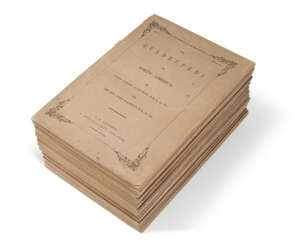

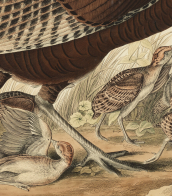


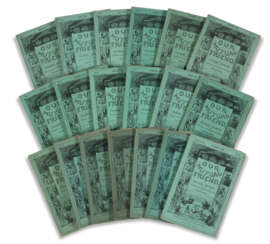

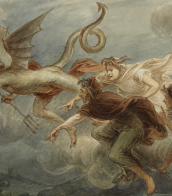






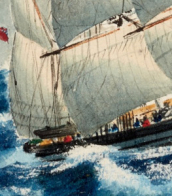
![Jean-Baptiste Audebert | Histoire naturelle des singes. Paris, 1797-[1800], in the original parts, fine illustrations of primates](/assets/image/picture_3530743/97533/zll8szmoumzsdx86feof1b4xnhwzoiihymos91lyuesaxchvije5vgcl7ima5r1698925527jpg__fix_374_244.jpeg)
![Jean-Baptiste Audebert | Histoire naturelle des singes. Paris, 1797-[1800], in the original parts, fine illustrations of primates](https://veryimportantlot.com/assets/image/picture_3530743/97533/zll8szmoumzsdx86feof1b4xnhwzoiihymos91lyuesaxchvije5vgcl7ima5r1698925527jpg__fix_374_244.jpeg)
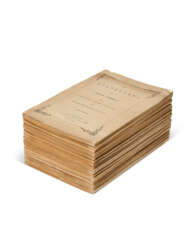



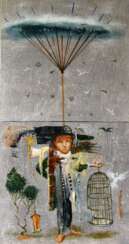

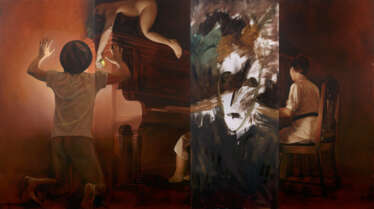



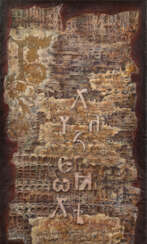



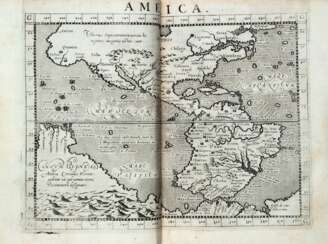

![MORO, Marco (1817-1855) - Venezia monumentale pittoresca.. parte prima: I Palazzi [Venezia: Giuseppe Kier, 1866] - Venezia monumentale e pittoresca.. parte seconda: Le Chiese. [Venezia: Giuseppe Kier, 1863, ma in copertina 1866).](/assets/image/picture_1242399/aff2e/tumt9ovvxoiufvmemq9ubxc5bwgkuuz9dmb2ilszr7aploxoqsa9upov3v96w28g1608651686jpg__fix_374_244.jpeg)
![MORO, Marco (1817-1855) - Venezia monumentale pittoresca.. parte prima: I Palazzi [Venezia: Giuseppe Kier, 1866] - Venezia monumentale e pittoresca.. parte seconda: Le Chiese. [Venezia: Giuseppe Kier, 1863, ma in copertina 1866).](https://veryimportantlot.com/assets/image/picture_1242399/aff2e/tumt9ovvxoiufvmemq9ubxc5bwgkuuz9dmb2ilszr7aploxoqsa9upov3v96w28g1608651686jpg__fix_374_244.jpeg)
